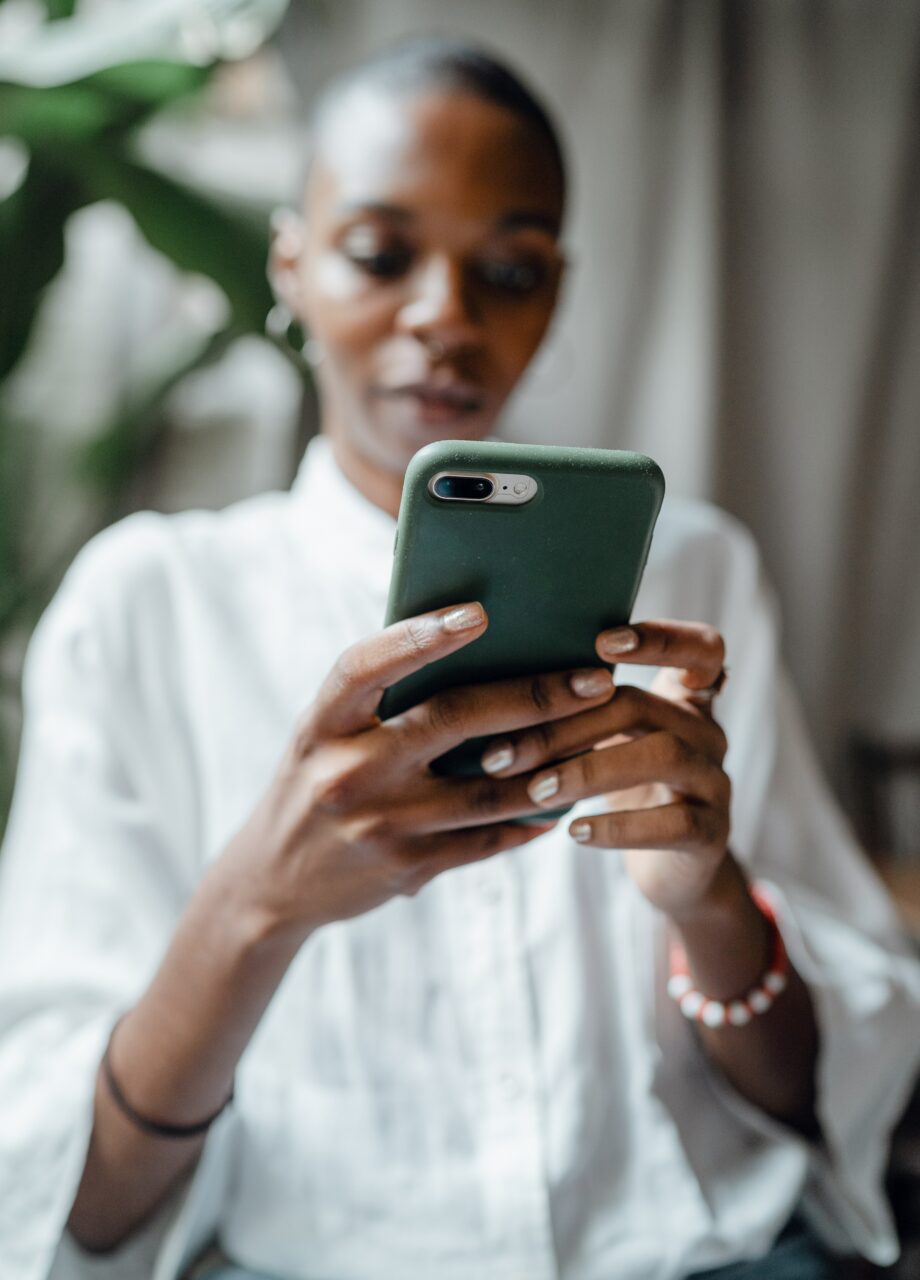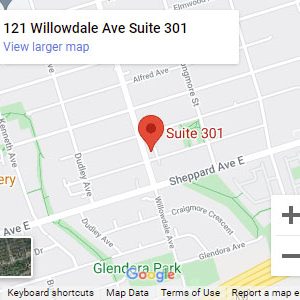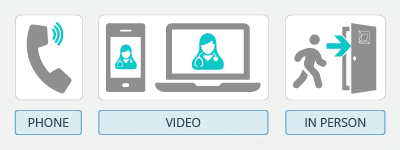Your cycle starts from the first day of your period to the next day of your period. This length can vary women to women, but can typically be around 28-35 days in length.
During the cycle, there are many hormonal changes happening day to day. These changes can really influence the way you feel throughout the month.
This article is going to take you through each phase step by step explaining what is actually going on in terms of your hormones! Knowing this information can be helpful in order to really understand your body and become in tune with the hormonal changes you may be experiencing.
Follicular Phase
This is considered the first part of your cycle, usually between cycle day 1-14. However, for some women the length can be longer or shorter. Starting cycle day one, your period will start with full flow bleeding. In the ovary, about 10 follicles on each ovary are brought to the forefront to start their journey of final maturation. Each follicle in your ovaries house a egg. As the follicles grow day by day, one follicle will eventually complete its’ final maturation and ovulate out an egg.
The development of the follicle relies on Follicle Stimulation Hormone (FSH) from the pituitary gland in the brain, this hormone stimulates the follicle in the ovary to produce estrogen. Estrogen helps the follicle to grow.
Around the follicular phase you will often feel a sense of confidence, power and an overall feeling of happiness – since we are producing more estrogen here! During this time you will most likely feel your best.
Ovulation
Right before ovulation, estrogen will peak to its highest amount which allows the follicle to grow to its’ optimal size, which is typically around 20mm.
Once estrogen rises, Luteinizing Hormone (LH) from the pituitary gland in the brain will surge resulting in luteinisation of the follicle – meaning the follicle will break and release the egg. Once the follicle completes luteinizing, the follicle will become a corpus luteum and we start the final stage of the cycle.
During ovulation, you may feel more tired, pressure around your ovaries, sometimes pain, or even spotting. Some women feel worse around ovulation and this is due to the rapid rise in estrogen.
Luteal Phase
The corpus luteum that is formed after ovulation is responsible for producing progesterone but also a little bit of estrogen. The production of progesterone and estrogen allows the lining of your uterus to grow and get thick with tissue and blood supply in case the egg gets fertilized by sperm and you become pregnant. The embryo needs to have a nice thick layer of lining to allow for implantation into the uterine lining.
If the egg doesn’t get fertilized by sperm, progesterone will decline and cause the lining to break down, which starts your period again.
You can still bleed if you haven’t ovulated due to the fact that the drop in estrogen can cause the lining of your uterus to break apart and shed leading to bleeding. However, we typically see these anovulatory (aka no ovulation) cycles result in minimal flow such as spotting. When you have a full flow period, it is a greater sign that ovulation has occurred.
Often times in PCOS, we see a longer follicular phase as testosterone levels are high which blocks the ability for estrogen to be built to build the follicle. In some cases we often see a shorter luteal phase, this is typically due to lower progesterone levels. Check out our blog to learn more about various hormonal imbalances that could be impacting your cycle.





